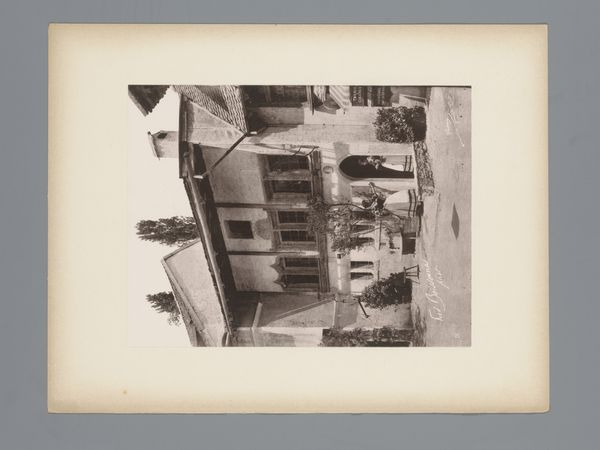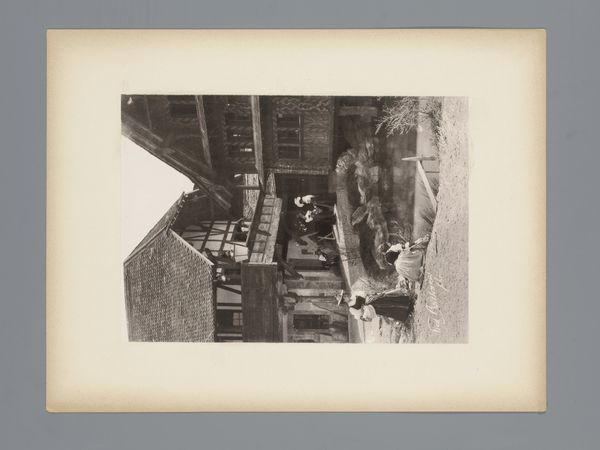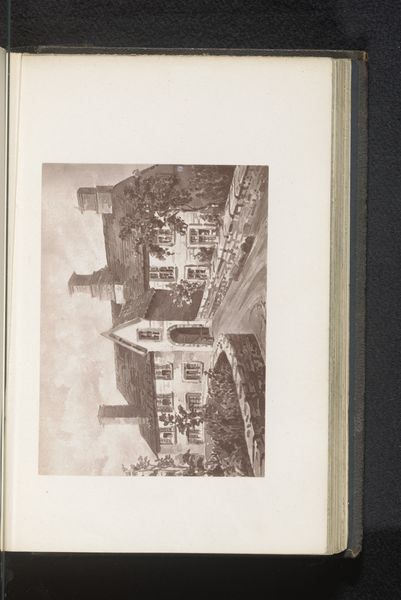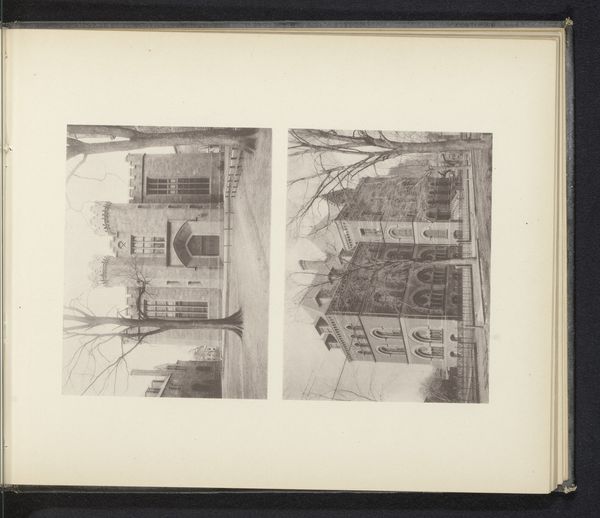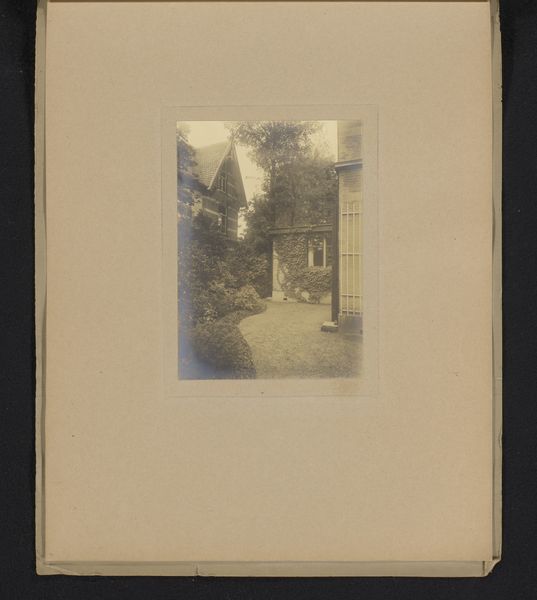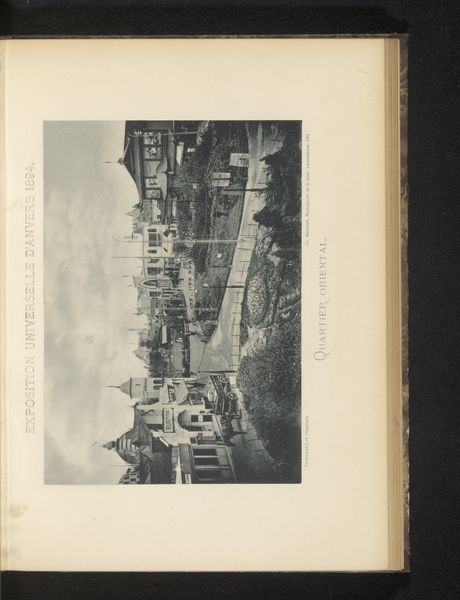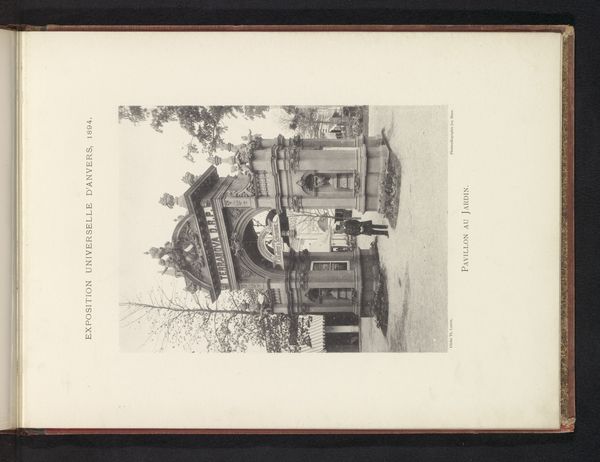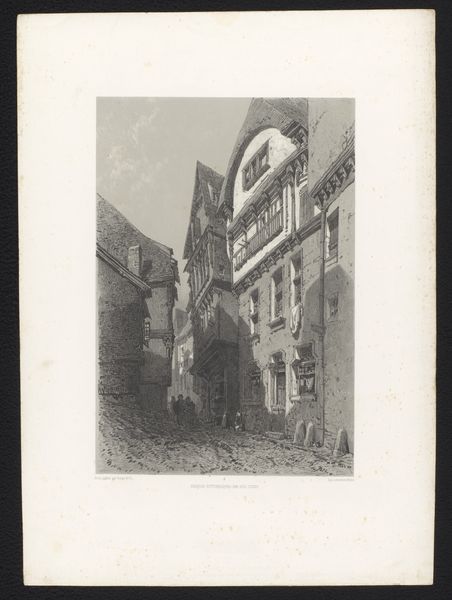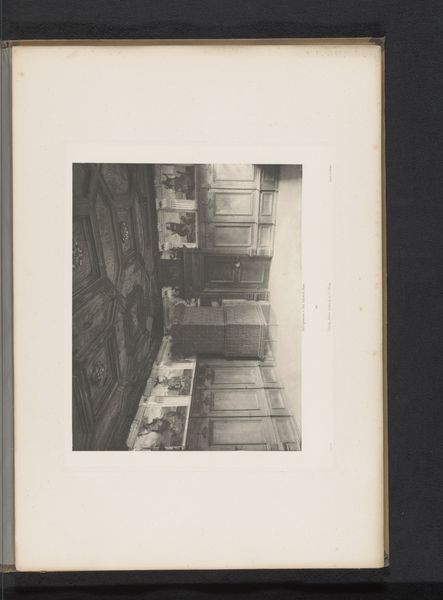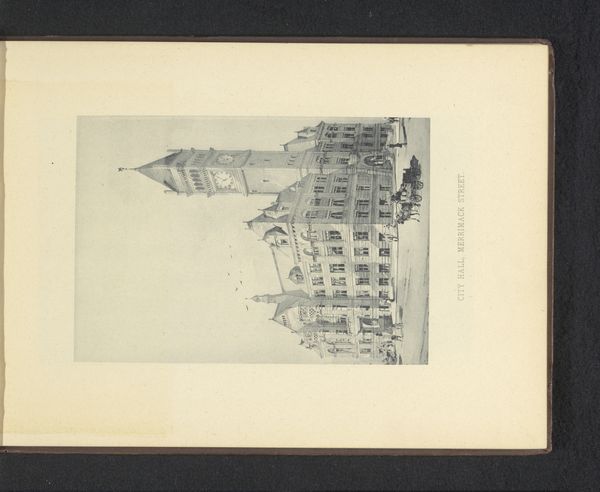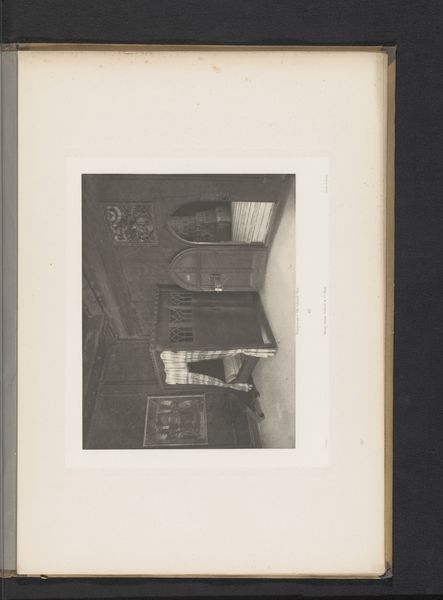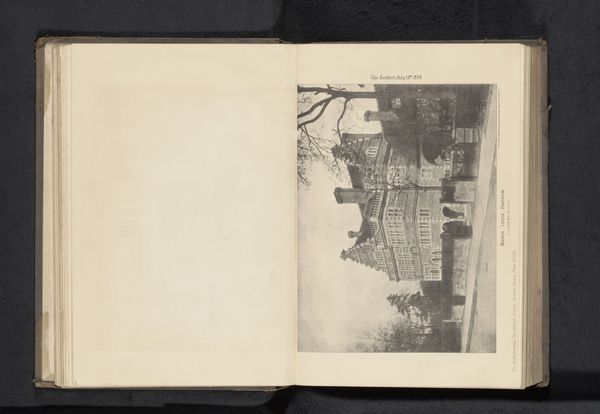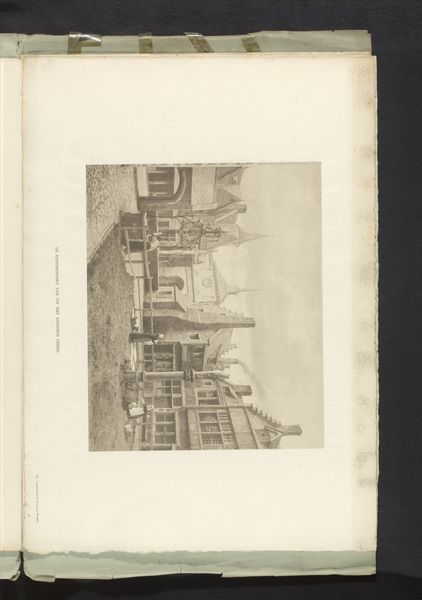
photography, gelatin-silver-print
#
pictorialism
#
photography
#
gelatin-silver-print
#
cityscape
#
realism
Dimensions: height 218 mm, width 165 mm
Copyright: Rijks Museum: Open Domain
Editor: This is Frédéric Boissonnas’ gelatin silver print, “Straatgezicht in Nyon,” taken before 1896, which translates to “Street View in Nyon." It’s a cityscape; the monochromatic image gives it a somber, almost nostalgic feel. What captures your attention in this photograph? Curator: What stands out to me is how Boissonnas navigates the evolving public perception of photography in the late 19th century. It’s realism, yes, but it's clearly aiming for Pictorialism. It is not a purely documentary approach; consider how carefully the scene is composed. Look at how he frames the architecture, particularly focusing on the textured details and the play of light. This gives a strong impression of artistic intention beyond mere recording. Do you notice how the figures seem placed within this carefully designed framework? Editor: Yes, I see what you mean. The figures aren't just wandering; they contribute to the ambiance. But, were photographs considered "art" at that time? Curator: That’s precisely the tension Boissonnas is engaging with. Photography was vying for recognition as an art form. He bridges the gap by employing techniques like soft focus and tonal manipulation—strategies used in painting—to elevate his photographs beyond simple snapshots and into the realm of artistic expression. Editor: So, he's using the subject matter of the street, a very real scene, to assert photography's place in the art world through Pictorialist techniques? Curator: Exactly. The subject isn’t merely a street; it's a canvas for exploring artistic photography’s possibilities within the established, and arguably more socially accepted, genre of realist painting. The framing creates depth; its sharp and soft textures enhance atmosphere. His composition demonstrates the social ambition of photography. Editor: I never thought of it that way – considering both the artistic ambition and the social context in photography. That helps me appreciate the photographer's approach and its historical importance a lot more. Curator: Precisely! Considering the history and cultural forces allows us to have deeper insight on how social factors are embedded within images.
Comments
No comments
Be the first to comment and join the conversation on the ultimate creative platform.
